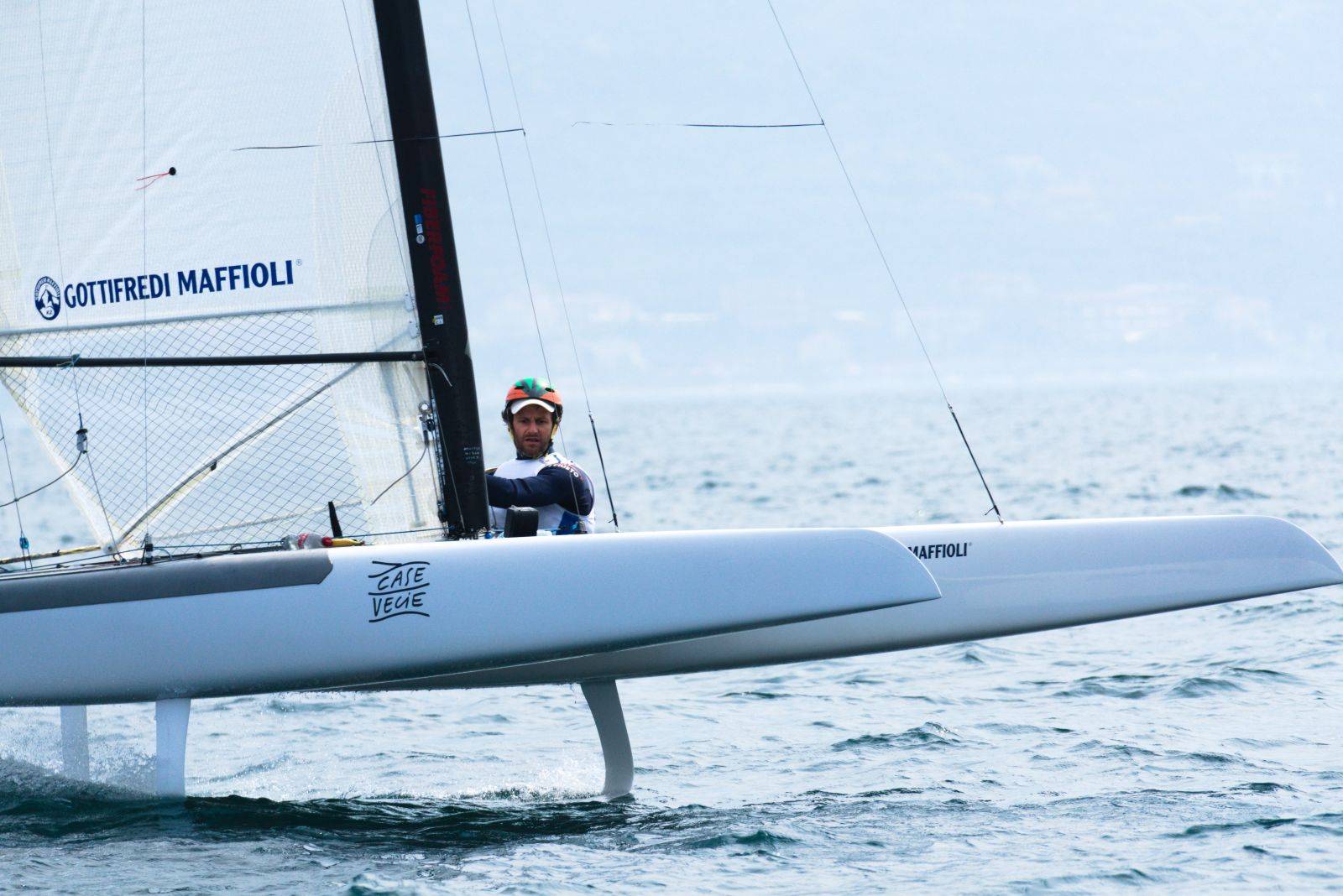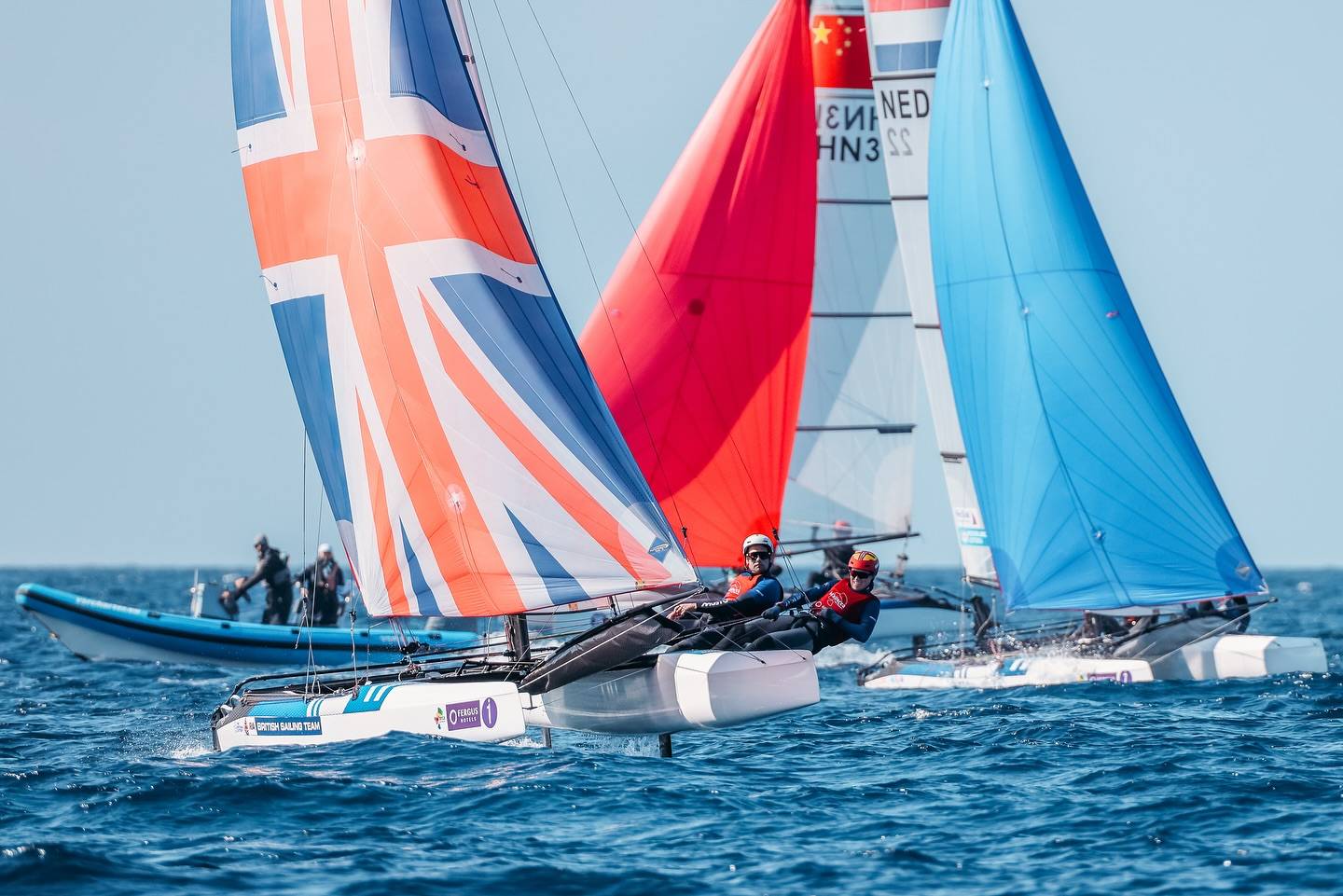Jules Verne Trophy: Yet another truncated attempt for Gitana

© Y.Riou / polaRYSE / GITANA S.A
What a pity once more, when Gitana was +800NM ahead of IDEC / Francis Joyon record another amas rudder failure lets them out of the new attempt.
Report sent by Gitana Team media
Jules Verne Trophy
Float rudder damage aboard the Maxi Edmond de Rothschild
Indian Ocean, Friday, January 22, 2021 – Sailing in the Indian Ocean since yesterday afternoon and their passage of the longitude of Cape Agulhas, the men of Gitana Team were positioned at 48°28 south at 11:00 UTC with a lead of over 860 miles over the record when they informed their shore team that they’d encountered some problems with the rudder on the starboard float, which is the leeward rudder and hence the one under load. Having reduced its speed, the crew is currently carrying out a thorough inspection of the appendages and its connecting systems with its experts onshore. Further information will be communicated over the coming hours.
Jules Verne Trophy Info
Position of the Maxi Edmond de Rothschild on 22 January at 10:58 UTC:
Lead in relation to the record: 861.3 nm
Speed : 27,9 knots
Course : 64°
Discover the boat’s position updated every hour on the cartography.
Numbers to note:
Passage across the line: 10 January 2021 at 01h 33′ 46” UTC
Passage of the equator: 15 January 2021 at 14h 48’ 32’’ UTC, in 5 days 13 hours 14 minutes and 46 seconds
Passage of the Cape of Good Hope: 21 January 2021 at 11h27’46’’ UTC, in 11 days 9 hours and 53 minutes (new reference time)
Passage of Cape Agulhas: 21 January 2021 at 15h37’53’’ UTC, in 11 days 14 hours and 03 minutes (new reference time)
Crew of the Maxi Edmond de Rothschild:
Franck Cammas and Charles Caudrelier, skippers
David Boileau, trimmer bowman
Erwan Israël, helm trimmer
Morgan Lagravière, helm trimmer
Yann Riou, trimmer media man
Marcel van Triest, weather router
Yann Eliès, replacement crew
Record to beat:
40 days, 23 hours and 30 minutes > Record held by Francis Joyon and his crew (Idec Sport) since 26 January 2017.




























Couldn’t rudders be designed to pivot in case of contact…..like a dart?
They have foils on the bottom, so if they pivoted, the foil would catch the water and rip the stern out of the float.